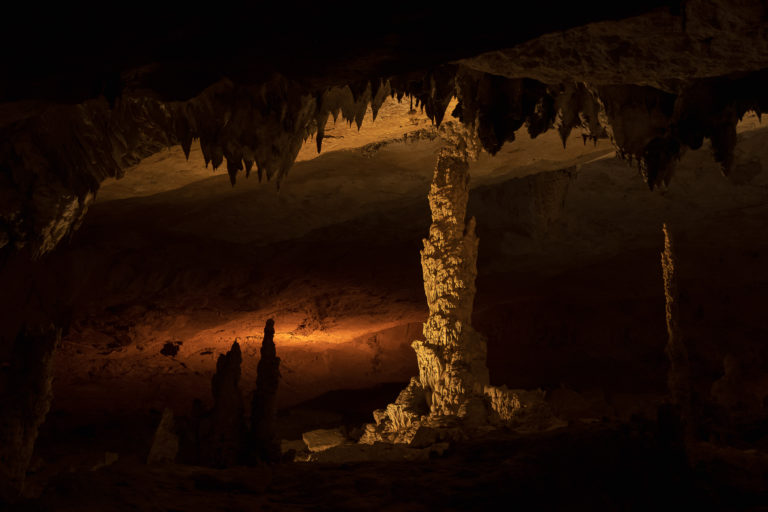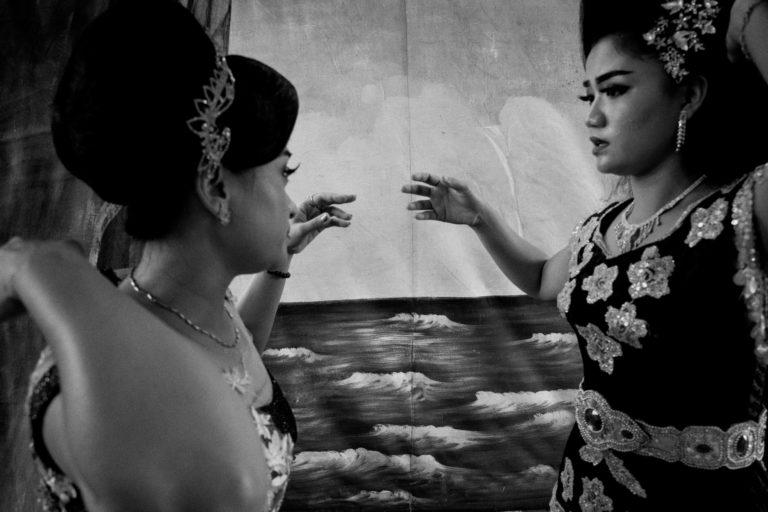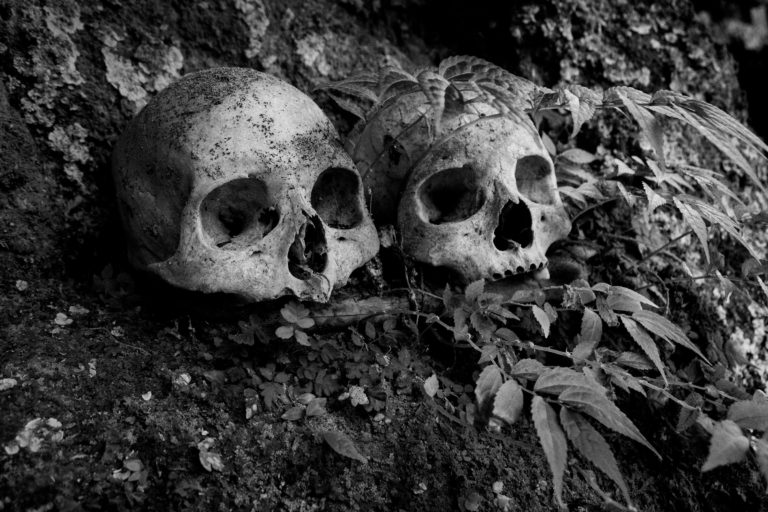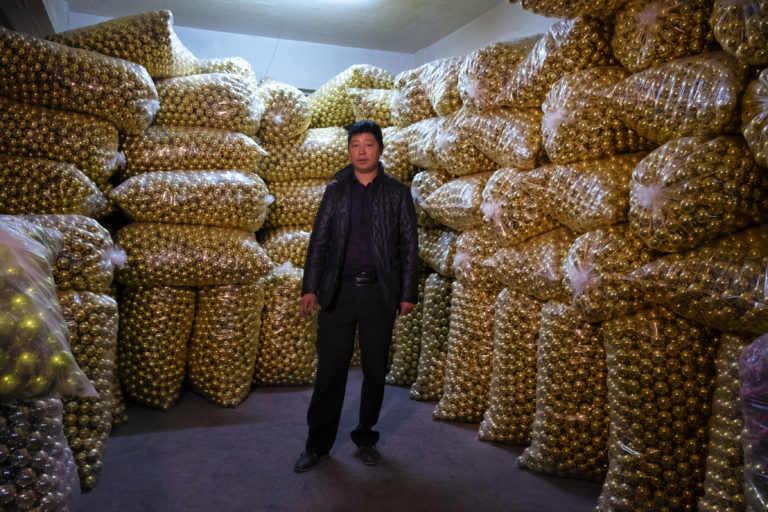Laos is a landlocked lower-middle income economy bordering Cambodia, China, Vietnam, Myanmar and Thailand with a population of around 9 million. It is one of the fastest growing countries in the region, according to the World Bank. The country adopted a market-oriented economy in 1986, introducing sweeping reforms under the New Economic Mechanism, which decentralised control. However, it remains one of the poorest countries in Southeast Asia. Its natural resources: water, minerals and forests, contribute to one-third of its economy, while construction, services and tourism are its other main drivers of growth. The Mining industry of Laos has made significant contributions to the economic condition of the country since 2003, since the World Bank identified mining as a key sector for the socioeconomic development.The production of gold has increased among the low classes and now it’s also driving economic growth in Laos. In Laos, gold is regarded as more stable than its national currency the kip, and it is often used as a store of wealth and to hedge against any depreciation of the kip. Most Lao families keep gold at home and wear them for special occasions or sell them for cash. Gold is also a very important part of marriage in Lao culture. The gold found in Laos is usually better than 98% purity.



